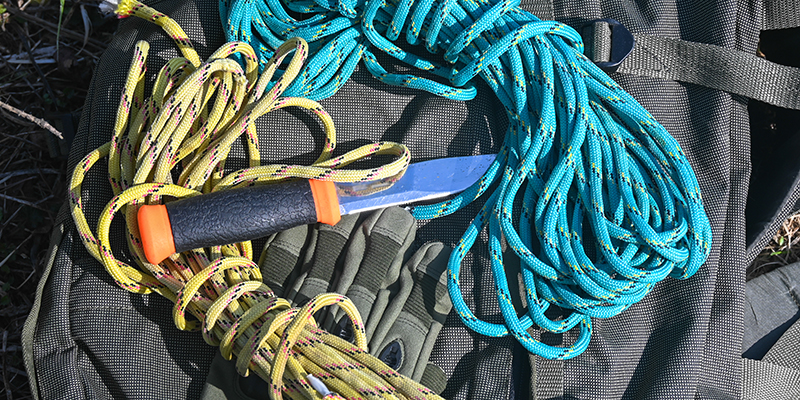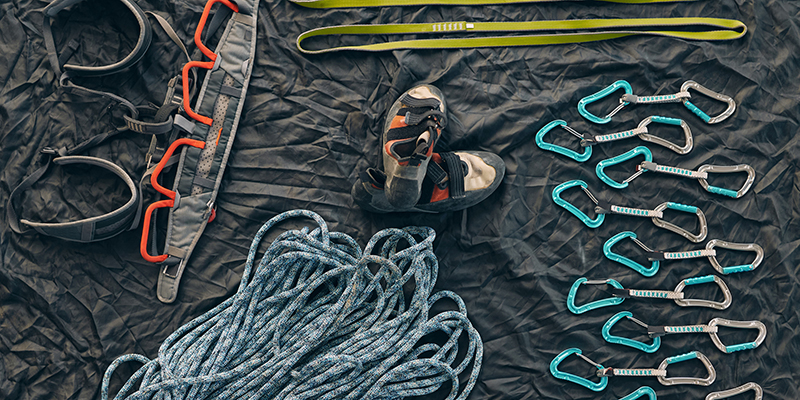
Static Climbing Rope Maintenance: Tips for Prolonging Its Lifespan
Static climbing ropes are critical components of climbing equipment, ensuring safety during various climbing activities. To maximize the longevity of your static climbing rope and maintain its reliability, it's essential to adopt proper maintenance practices. Here are some valuable tips to help you take care of your static climbing rope:
Avoid Friction with Rock Corners and Sharp Objects
Prevent direct contact between your rope and rock corners or sharp objects. This is particularly crucial when top roping, performing hauling tasks, or ascending. Consider using rope protectors to isolate the rope from sharp edges and minimize friction.
Reduce Rope Friction During Top Roping
When top roping, use two locking carabiners as anchor points to minimize friction. This technique reduces the strain on the rope and helps it endure minimal impact during a fall.
Choose Appropriate Diameter for Anchor Points
The diameter of the fixed point's carabiner matters; smaller diameters increase the risk of the rope being severed. Likewise, when the rope passes over rock edges during a fall, it's susceptible to being cut.
Replace Overly Worn Ropes
If a rope appears fuzzy and worn due to excessive friction, it has likely suffered a significant loss of strength. To ensure safety, it's advisable to invest in a new rope.
Avoid Stepping on the Rope
Treat your rope with care and avoid stepping on it. Also, refrain from leaving it in dusty or humid environments. Dust particles, even seemingly insignificant, can lead to long-term friction damage. Moisture can compromise the rope's strength and durability.
Employ Dynamic Belaying
Utilize dynamic belaying techniques to reduce the impact of a fall. This not only protects the rope but also safeguards the climber. Dynamic belaying involves the belayer adjusting their stance during a fall to minimize impact force.
Rotate Rope Ends
After experiencing substantial falls, consider rotating the rope ends to distribute wear evenly. The ends of the rope are particularly susceptible to abrasion and wear.
Regularly Measure Rope Length
Over time, ropes may become shorter due to wear and tear. Measure your rope's length periodically to ensure it meets your needs during climbing activities.
Keep Your Rope Clean
Store your rope in a rope bag, protecting it from direct contact with the ground. When cleaning, use lukewarm water and mild detergent. After cleaning, allow the rope to air dry, avoiding direct sunlight exposure.
Monitor Rope Age
If you engage in frequent climbing activities, consider replacing your rope annually or after significant usage. Ropes used for lead climbing should be replaced even sooner. Ropes that are more than four years old may still look fine but could lack the necessary strength.

Remember, properly maintained climbing gear contributes to your safety and overall climbing experience. By following these maintenance tips, you can ensure the longevity and reliability of your static climbing rope, enabling you to enjoy countless climbs with peace of mind.

